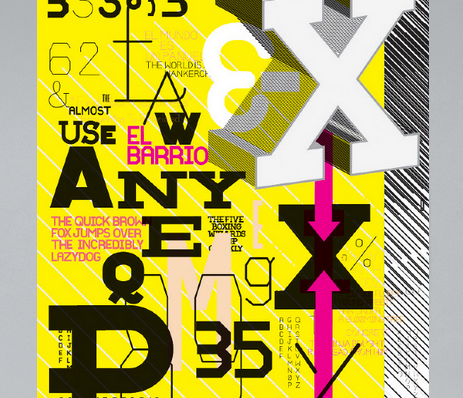The 5 Dimensions of Interaction Design
The five dimensions of interaction design is a useful model for understanding what interaction design involves. Gillian Crampton Smith, an interaction design academic, first introduced the concept of four dimensions of an interaction design language, to which Kevin Silver, senior interaction designer at IDEXX Laboratories, added the fifth.
Words
Words—especially those used in interactions, such as button labels—should be meaningful and simple to understand. They should communicate information to users, but not so much information that they end up overwhelming users or slowing them down.
Visual Representations
This concerns graphical elements such as images, typography, and icons that users interact with. These usually supplement the words we use to communicate information to users. As an extremely visual-oriented species, humans value images immensely: not only because well-thought-out, picture-rich designs make for a more pleasing, calming user experience, but also because an image carries many words—a story, in fact—and that’s precious, given users’ tendency to lack patience.
Physical Objects or Space
Through what physical objects do users interact with the product: is it a laptop, with a mouse or touchpad? Or is it a smartphone, with the user’s fingers? Also, within what kind of physical space does the user do so? For instance, is the user standing in a crowded train while using the app on a smartphone, or sitting at a desk in the office while surfing the website? These all affect the interaction between the user and the product. Space is all about context and goes a very long way to deciding what a product must look like, in much the same way as the average size of a human hand will.
“When creating content, be empathetic above all else. Try to live the lives of your audience.”
—Rand Fishkin, Founder at Moz
Time
While this dimension sounds a little abstract, it mostly refers to media that changes with time (animation, videos, sounds). Motion and sounds play a crucial role in giving visual and audio feedback to users’ interactions. Also of concern is the amount of time a user spends interacting with the product: can users track their progress, or resume their interaction sometime later? In an era saturated with information and where users can feel as time-starved as they can data-drowned, understanding how much time they spend in their user experiences is absolutely vital.
Behavior
This includes the mechanism of a product and involves two pivotal questions—namely, “How do users perform actions on the website?” and “How do users operate the product?”. In other words, this dimension is all about how the previous dimensions define the interactions a user should be having with a product. It also includes the reactions—for instance, emotional responses or feedback—of users and the product. While the first four dimensions are vital in their own right, the fifth sheds light on a deeper aspect of the human realm in UX and can expose serious strengths as well as any flaws.

